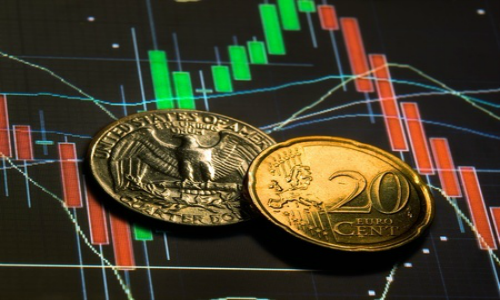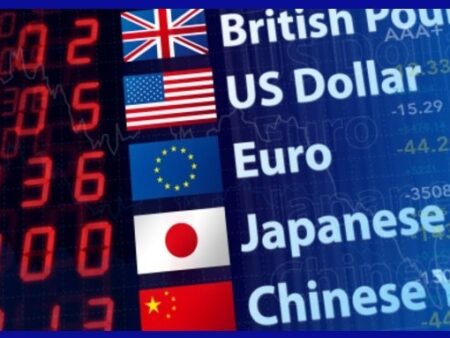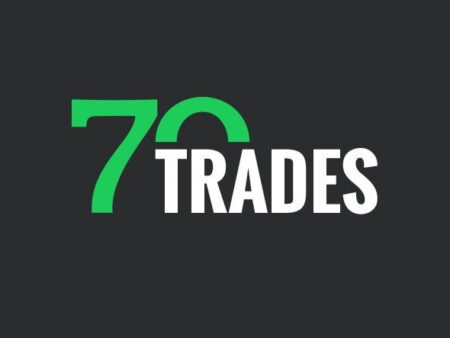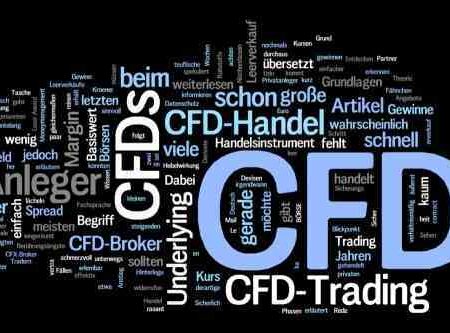
Leverage is related to funds which are borrowed. In real estate, leverage is extensively used to get property. It is also used to get automobiles. In financial trading, leverage is related to equities as well as foreign exchange. In our case, the leverage is related to borrowing money for Forex trading.
For those who do not know the concept of leverage (Leverage Forex Trading in our case), just think to a normal lever: through a lever we can lift heavier weights. Same behavior has the leverage in the Forex Market: leverage allows you to move great amount of money using a small amount of money.
Do you want an example? Remember that the value of the leverage varies from Broker to Broker, the value can be “low”, as for example the 1:10 or 1:50 leverage or can be “high” as for example the 1: 100 or 1: 200 leverage (The value of the leverage can also reach the 1: 500 in some cases). What does it mean? Using the example of the 1:10 leverage, it means that by investing $ 10, I could manage $ 100 dollars because for every $ 1 I can “move” $ 10. Whereas with a 1: 100 leverage: using $ 100 you would be able to “move” $ 10,000 or using $ 1000 you could even “move” $ 100,000! Thus the earnings on the investments done will be calculated not on the money that you have actually invested, but on the amount of money that you are “moving” thanks to the leverage.
That was the positive side of the leverage; but thanks to the leverage will grow not only the possible earnings but also the potential losses.

Let’s give an example, to further clarify things: We had opened a long position (Because we forecasted a raise in the currency), investing $1000 with a leverage of 1:100 in the EUR/USD pair. It means that we are moving $100.000 on the market: our earnings and losses, will be calculated on this amount. We opened our position at the level of 1.2735. After some days… : 1) There is a raise, thus we were right. The currency rate is changed from 1.2735 to 1.2890. That’s good, because we are going to earn: (Invested Money) x (Spread) = Earning. In our specific case: ($100.000) x ( Spread: 1.2890 – 1.2735 = 0.0155) = $100.000 x 0.0155 pips = $1550. So, if we will sell our position right now, we are going to earn $1550, with a beautiful gain of $550 (Moreover, we have the other $1000 invested back to us).
Okay, that was the “good” example: but what happens in case that we were wrong in our prediction, and the currency rate is now lower that before? For example: as before, we invested $1000 with a leverage of 1:100 (We are moving $100.000). We bought at the rate of 1.2735, opening a “long position”, but the after few days, the currency rate is changed to… 1.2605 . Thus, instead of increasing (As the previous example), the currency rate now is lower of 130 pips. If we will sell our long position right now, we are going to lose: (Invested Money) x (Spread) = Loss. In our case: ($100.000)x(130 pips) = $100.000 x 0.0130 = – $1300. So, if we will sell our position right now, we will have a “beautiful” loss of $1300.
You should also take into account the operating margin (Margin call), which is set by the Broker to ensure that you would not lose more money than the money that you have in your “account” (Due to the leverage): this margin is fixed for each trade, and due to the price movements, it can occur that this fixed margin of loss is reached by the Prices and so your trade would be closed immediately and you will lose the money invested.
How to Use Leverage in Forex Trading?
As you can easily understand from the previous examples, the leverage can amplify both earnings and losses: it’s like a double edged sword. That’s why, if you are a novice Trader, you should start with a lower leverage or investing a small amount of money. Then, when you will get use to the markets, to the leverage and you will have a proper strategy, you could increase (If you wish, of course) the amount of money invested/ the leverage used. Here are some tips, which are used by practiced and experienced traders:

•First of all, a trader must know the strategies to lower down the chances of failure. Always minimize the losses, so that you can avoid unpleasant situations.
•Use the Stop Loss. It’s your friend, for real. “Why do I have to use a stop loss?” If you are asking this to yourself, probably you are a novice Trader. Stop loss, as the name itself suggests, it’s used to avoid heavy losses. It works in this way: you just have to set a level (In the currency value) at which, you will (Automatically, because it’s the platform of the Broker that will do it for you) sell your position to avoid a heavy loss. Of course, you will set the Stop Loss for a position depending on the type of the position (Long or Short) and depending on how much money you can afford to lose.
•In case, that you have to face failure; do not make the situation worst by doubling down. Such type of decisions leads towards biggest losses in trade. The better option is to minimize your losses and keep the account active for future trade possibilities.
•Always try to get an appropriate leverage. Do not think only about profit: start with a lower leverage or with a small amount of money, if you are a Novice Trader.



![Binance Review: How the Crypto Exchange Works [2024]](https://www.feedroll.com/wp-content/uploads/2024/03/binance-trading-100x100.png)
![Dukascopy Broker Reviews, Pros & Cons [2024]](https://www.feedroll.com/wp-content/uploads/2024/03/Dukascopy-europe-100x100.jpg)
![Plus500 Reviews: How it Works, Pros & Cons! [2024]](https://www.feedroll.com/wp-content/uploads/2024/03/plus500_-100x100.jpg)



